Refine search
Actions for selected content:
12661 results in History of science

An Introduction to the Natural System of Botany
- Or, a Systematic View of the Organisation, Natural Affinities, and Geographical Distribution, of the Whole Vegetable Kingdom
-
- Published online:
- 05 June 2015
- Print publication:
- 05 March 2015
- First published in:
- 1830

A Naturalist's Calendar
- With Observations in Various Branches of Natural History
-
- Published online:
- 05 June 2015
- Print publication:
- 21 August 2014
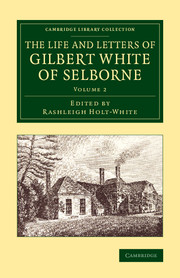
The Life and Letters of Gilbert White of Selborne
-
- Published online:
- 05 June 2015
- Print publication:
- 01 January 2015
- First published in:
- 1901
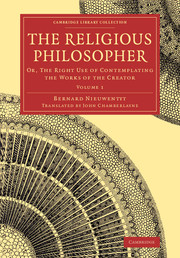
The Religious Philosopher
- Or, The Right Use of Contemplating the Works of the Creator
-
- Published online:
- 05 June 2015
- Print publication:
- 13 November 2014
- First published in:
- 1718
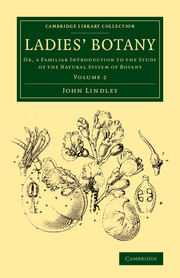
Ladies' Botany
- Or, a Familiar Introduction to the Study of the Natural System of Botany
-
- Published online:
- 05 June 2015
- Print publication:
- 05 March 2015
- First published in:
- 1837
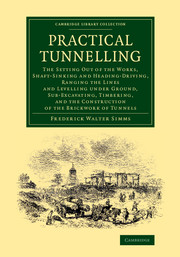
Practical Tunnelling
- The Setting Out of the Works, Shaft-Sinking and Heading-Driving, Ranging the Lines and Levelling under Ground, Sub-Excavating, Timbering, and the Construction of the Brickwork of Tunnels
-
- Published online:
- 05 June 2015
- Print publication:
- 31 July 2014
- First published in:
- 1844
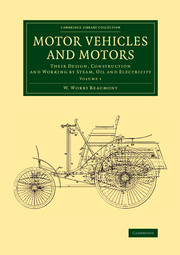
Motor Vehicles and Motors
- Their Design, Construction and Working by Steam, Oil and Electricity
-
- Published online:
- 05 June 2015
- Print publication:
- 21 August 2014
- First published in:
- 1900

The Naturalist's and Traveller's Companion
-
- Published online:
- 05 June 2015
- Print publication:
- 01 January 2015
- First published in:
- 1799
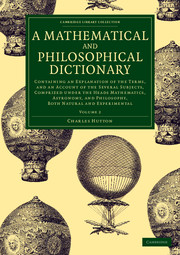
A Mathematical and Philosophical Dictionary
- Containing an Explanation of the Terms, and an Account of the Several Subjects, Comprized under the Heads Mathematics, Astronomy, and Philosophy, Both Natural and Experimental
-
- Published online:
- 05 June 2015
- Print publication:
- 29 January 2015
- First published in:
- 1795

Polarisation of Light
-
- Published online:
- 05 June 2015
- Print publication:
- 01 January 2015
- First published in:
- 1874
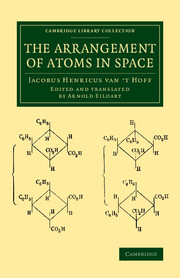
The Arrangement of Atoms in Space
-
- Published online:
- 05 June 2015
- Print publication:
- 11 December 2014
- First published in:
- 1898
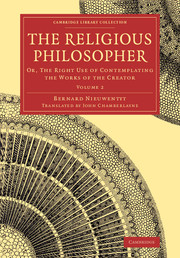
The Religious Philosopher
- Or, The Right Use of Contemplating the Works of the Creator
-
- Published online:
- 05 June 2015
- Print publication:
- 13 November 2014
- First published in:
- 1718
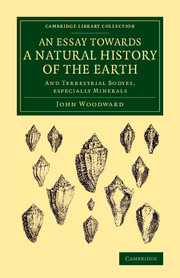
An Essay towards a Natural History of the Earth
- And Terrestrial Bodyes, Especially Minerals
-
- Published online:
- 05 June 2015
- Print publication:
- 30 October 2014
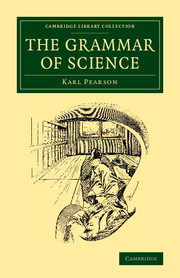
The Grammar of Science
-
- Published online:
- 05 June 2015
- Print publication:
- 18 December 2014
- First published in:
- 1892
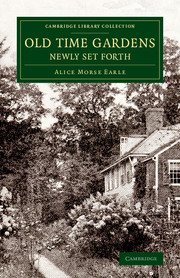
Old Time Gardens, Newly Set Forth
- A Book of the Sweet o' the Year
-
- Published online:
- 05 June 2015
- Print publication:
- 18 December 2014
- First published in:
- 1902

Elements of Geology
-
- Published online:
- 05 June 2015
- Print publication:
- 06 November 2014
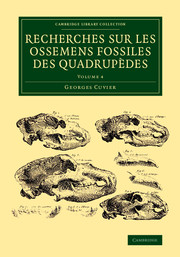
Recherches sur les ossemens fossiles des quadrupèdes
-
- Published online:
- 05 June 2015
- Print publication:
- 12 March 2015

Motor Vehicles and Motors
- Their Design, Construction and Working by Steam, Oil and Electricity
-
- Published online:
- 05 June 2015
- Print publication:
- 21 August 2014
- First published in:
- 1906

Conferences Held in Connection with the Special Loan Collection of Scientific Apparatus, 1876
- Chemistry, Biology, Physical Geography, Geology, Mineralogy, and Meteorology
-
- Published online:
- 05 June 2015
- Print publication:
- 19 March 2015
- First published in:
- 1876

Elements of Electricity and Electro-Chemistry
-
- Published online:
- 05 June 2015
- Print publication:
- 05 March 2015
- First published in:
- 1814
